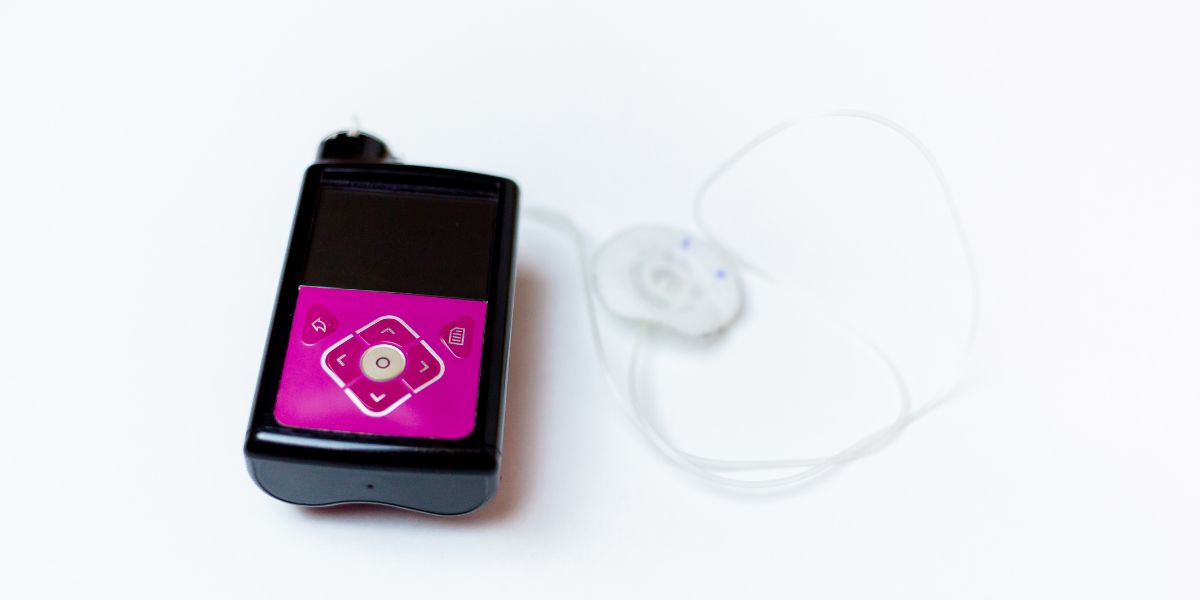Whilst insulin pumps give us more power to bring our blood glucose levels under control, there are a number of common problems which can occur from time to time.
Some of the problems can be prevented to some degree and insulin pumpers) are always looking for ways to better cope with life on an insulin pump.
Bubbles in insulin pumps
Bubbles can form in the reservoir or tubing of occur for a number of reasons
- not priming air out of the reservoir when refilling the reservoir/using an new cartridge
- not priming all the air out of the tubing when changing to a new infusion set
- having a loose connection at either of the tubing
- using insulin straight from the fridge – this can cause bubble to form as the insulin warms up to room temperature
If your insulin pump delivers bubbles, it means you won’t be getting the full insulin dose you intended which can lead to higher than normal blood glucose levels and could lead to a rise in ketone levels
How you deal with bubbles may vary from pump to pump. Taking care to prime out air from the reservoir and tubing, ensuring all connections are tight and using insulin that is at room temperature before using in your insulin pump can help to reduce the likelihood of high blood sugar levels as a result of bubbles.
Occlusions
An occlusion is the name for any blockage that prevents your pump from delivering insulin properly. Some pumps may signal an alarm if it notices an occlusion has occurred.
Occlusions may occur for any of the following reasons:
- If pressure is being applied to the tubing or the infusion site
- If the cannula has been bent during insertion – which may be more common with Teflon cannulas
- Kinked insulin pump tubing
- Crystals forming in the insulin and causing blockages at the cannula
Check for any noticeable causes of blockages, such as kinked tubing or pressure on your infusion site. Changing your infusion site may be necessary, such as if the cannula has become kinked. Call your health team for help if you are unable to resolve the issue or you are getting occlusions occurring too frequently.
Leaking pump reservoir
It is possible for the insulin pump reservoir to leak insulin This can happen if the rubber seals, called o-rings, around the plunger become weak or damaged. The rubber o-rings can sometimes get damaged if they are not properly lubricated during the manufacturing.
If the reservoirs are leaking you may need to try a new reservoir and if the problem repeats itself, you may need to order a different set of reservoirs or contact the manufacturer.
Infusion sets coming loose
Infusion sets coming loose is a relatively common problem that can occur if sweat is able to gather at your infusion site. This can cause the adhesive to break contact with the skin and could result in the cannula coming free.
If you’re having your infusion set coming loose, you may wish to try using a more durable adhesive.
Bleeding and ‘gushers’
Occasionally, you may experience bleeding at your infusion site. It may be difficult to completely avoid bleeding but if you are regularly experiencing bleeding you may wish to change to a different type of infusion set.
Sometimes when you insert the cannula, it can break a blood vessel Occasionally the bleeding may be quite dramatic and insulin pumpers tend to refer to these occurrences as ‘gushers’.
Skin infections
Skin infections are more likely to occur when using insulin pumps than with injections. If bacteria gets onto the cannula before or during being inserted, the body’s immune system will act to try and remove it
An infection may present itself as a lump under the skin which may look red, feel unusually warm and uncomfortable and may leak pus. It’s important to call your health team if you suspect you may have an infection.
Taking care to clean the skin of your infusion site and your hands when changing a set will help to reduce the likelihood of having a skin infection.
Pump bumps and scarring
Pump bumps are raised areas of harder than normal skin (lipohypertrophy) which can develop at your infusion site Pump bumps may occur if your skin gets irritated by the catheter.
Pump bumps are not as serious as an infection but can look and feel undesirable and may also lead to inconsistent insulin delivery.
Rotating your infusion sites, (making sure you don’t re-use the same infusion site too often) can help to reduce the chance of pump bumps. If pump bumps continue, you may want to consider changing to a different infusion set to see if that helps.
Some scarring can also occur at infusion sites. These should normally heal over a few days. Contact your health team if pump bumps or scarring becomes problematic.




